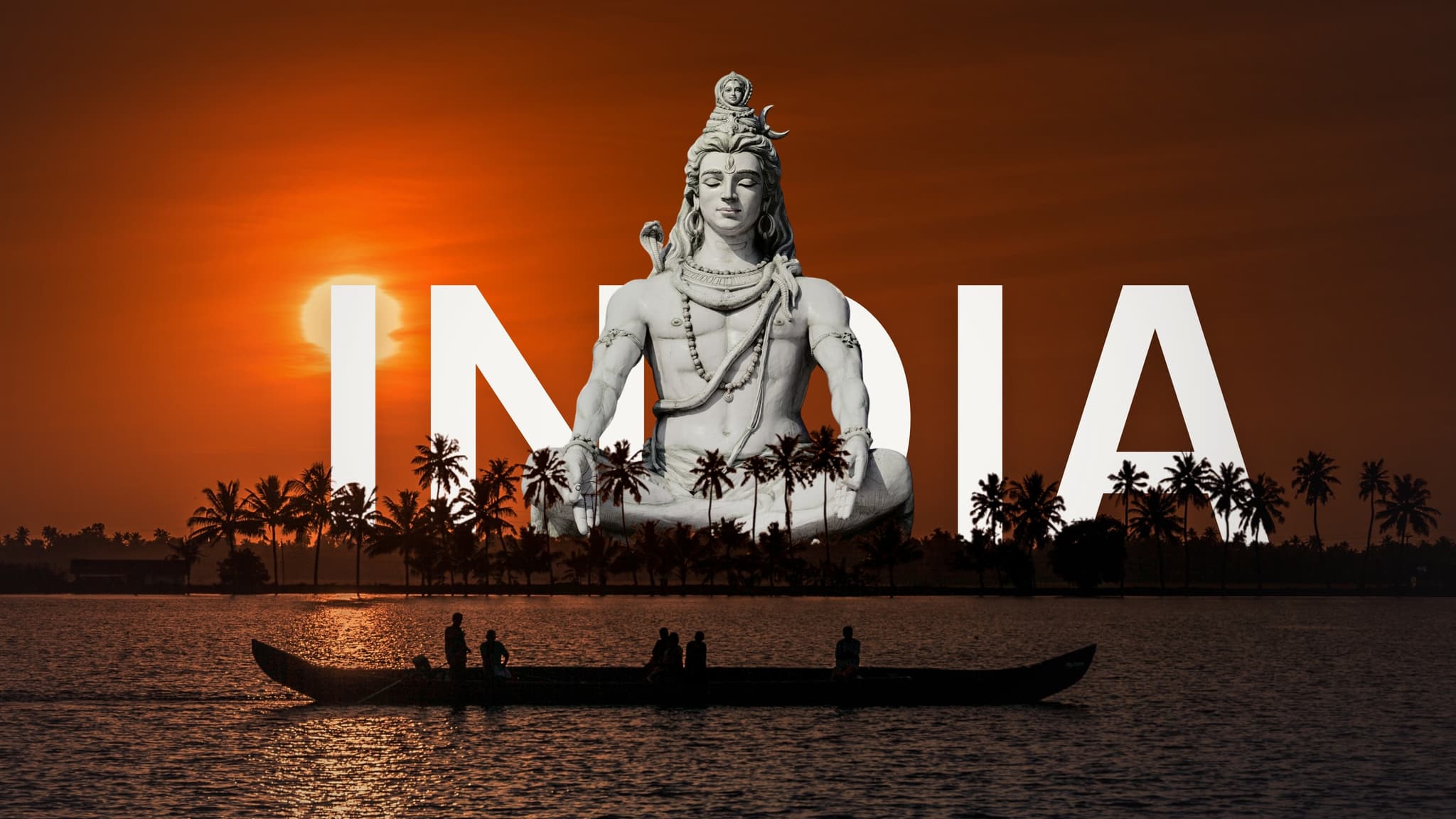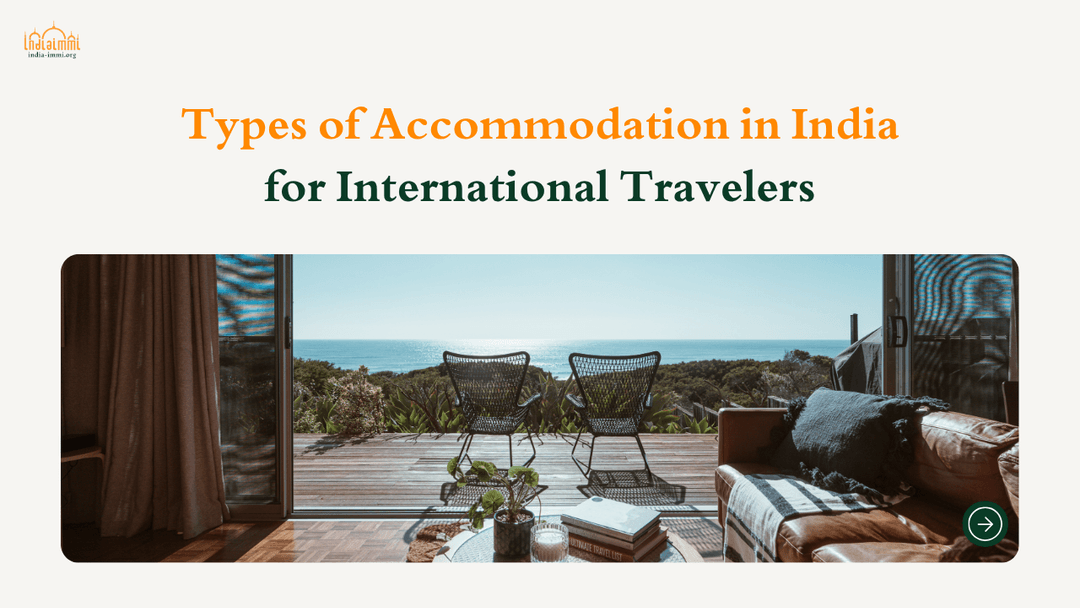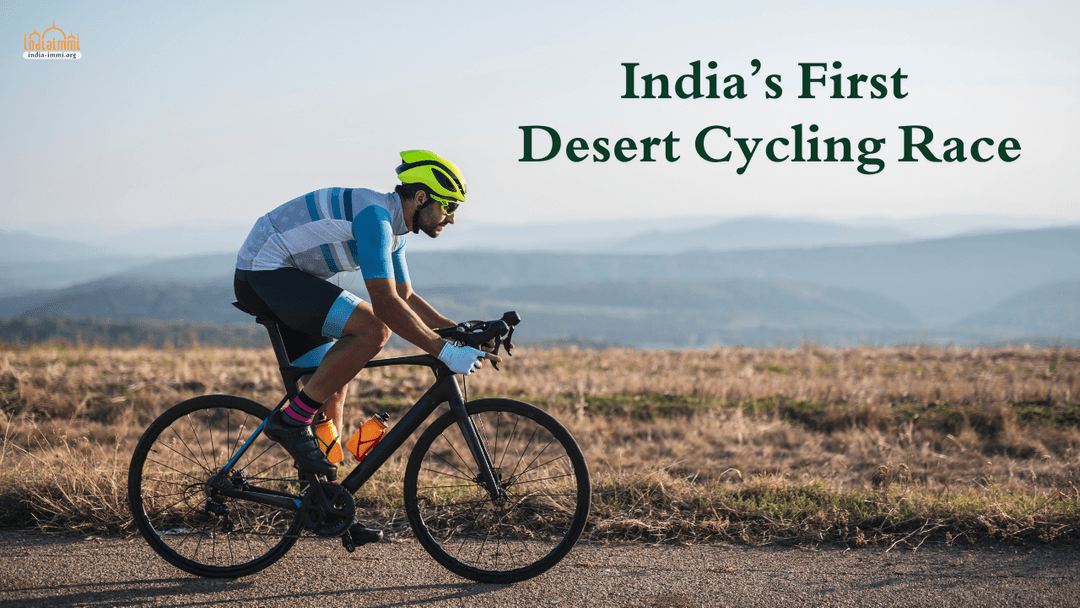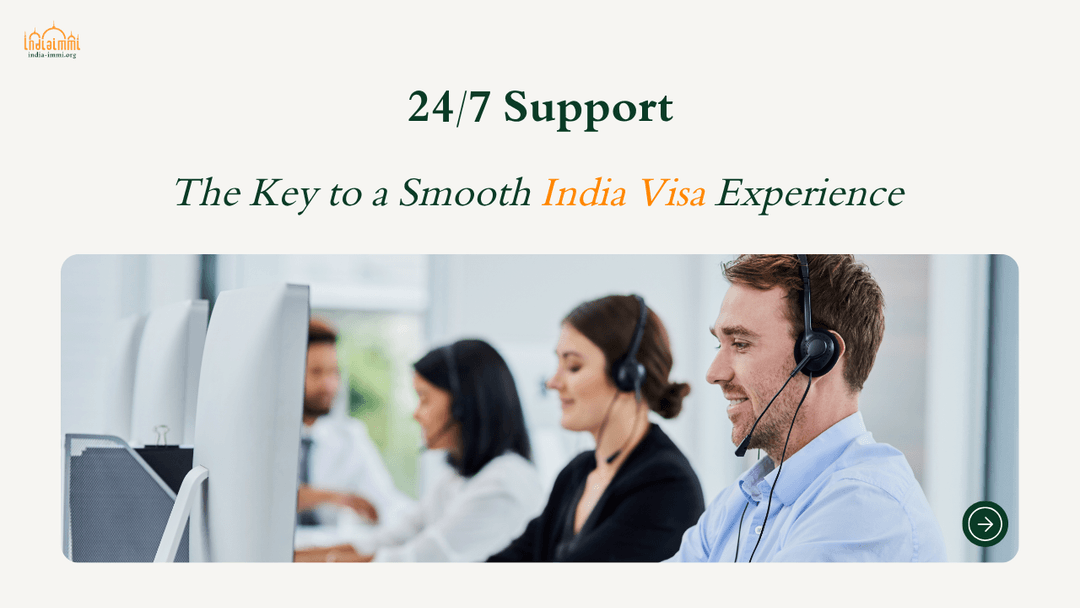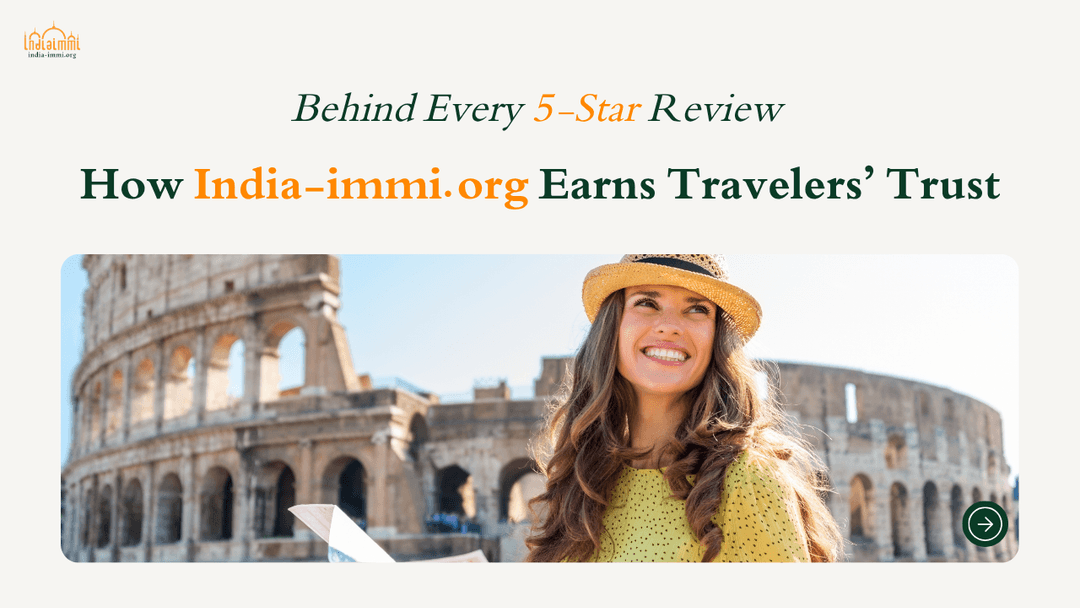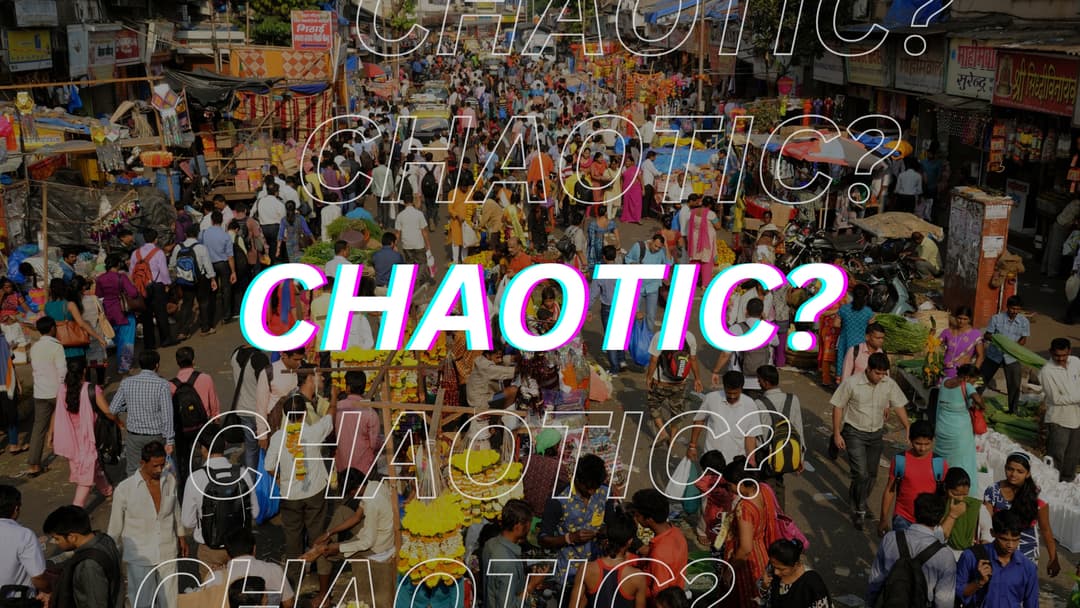General Overview of India
|
India (Republic of India) is one of the world’s oldest civilizations, renowned for its vibrant diversity and rich cultural heritage. Since gaining independence, the country has achieved remarkable progress in all aspects of socio-economic development. As the seventh-largest country by area, India holds a unique position in Asia, surrounded by majestic mountains and vast seas, creating a distinctive and diverse geographical identity. |
|
To the north lies the magnificent Himalayas forming a natural boundary, while the territory stretches south to the Tropic of Cancer, tapering into the Indian Ocean, flanked by the Bay of Bengal in the east and the Arabian Sea in the west. |
India’s land border extends approximately 15,200 km, while its coastline—including the mainland, Lakshadweep Islands, and Andaman & Nicobar Islands—spans 7,516.6 km.
A tourist map of India suggests the prominent attractions to visit across the country. Source: Maps of World
|
Category |
Details |
|
Capital |
New Delhi |
|
Major Cities |
Mumbai, Bangalore, Kolkata, Chennai, Hyderabad |
|
National Holidays |
26 January – Republic Day 15 August – Independence Day 2 October – Gandhi Jayanti (Commemoration of Mahatma Gandhi’s Birth) |
|
Languages |
India recognizes 22 official languages; however, Hindi and English serve as the most widely spoken and administratively significant languages. |
|
Currency |
Indian Rupee (INR) |
|
Time Zone |
GMT +5:30 (India does not observe daylight saving time) |
|
Country Code |
+91 |
|
Major Religions |
Predominantly Hinduism (approximately 80%), along with significant communities of Islam, Christianity, Sikhism, Buddhism, and Jain |
History of India
India’s history is an extraordinary saga, spanning thousands of years and marked by remarkable cultural, political, and economic transitions. From ancient civilizations to modern democracy, each era has left an indelible imprint on the nation’s identity.
|
Historical Period |
Timeframe |
Key Features |
|
Indus Valley Civilization |
c. 3300 – 1300 BCE |
One of the world’s earliest and most sophisticated civilizations, known for well-planned cities and advanced urban systems. |
|
Vedic Period |
1500 – 500 BCE |
Laid the foundations of Hindu philosophy, rituals, and early societal structures. |
|
Great Empires (Maurya & Gupta) |
4th century BCE – 6th century CE |
Golden Age of Indian art, science, literature, and trade. |
|
Mughal Period |
1526 – 1857 |
Flourishing of Islamic architecture and culture, exemplified by the Taj Mahal. |
|
British Colonial Era |
1858 – 1947 |
Profound influence on law, education, infrastructure, and the spread of the English language. |
|
Independence & Modern India |
Since 1947 |
Emerged as the world’s largest democracy, with robust economic growth and global influence. |
Culture of India
The culture of India represents a timeless tapestry, woven from traditions, philosophies, and artistic expressions that span over 5,000 years. What makes India distinctive is not merely its antiquity, but its capacity to embrace diversity while preserving continuity.
India is the birthplace of major world religions such as Hinduism, Buddhism, Jainism, and Sikhism, each contributing to the nation’s spiritual ethos. Religious rituals, colorful festivals, and community gatherings remain deeply interwoven with everyday life.
Indian art and performance traditions hold a prestigious legacy: classical dance forms like Bharatanatyam and Kathak, soulful ragas in Indian classical music, and the globally renowned cinema industry, Bollywood. Meanwhile, Indian cuisine, celebrated for its culinary richness and aromatic spices, offers distinct regional flavors—from the robust curries of the North to the tangy, coconut-infused dishes of the South.
Hospitality is another hallmark of Indian culture. Visitors often experience the principle of “Atithi Devo Bhava” (The Guest is God), reflecting the importance of generosity and family values.
Image: Traditional Theyyam Dancer in Nagpur, India. Source: Pratik Patil
In essence, Indian culture embodies a profound blend of tradition and modernity—ancient, mystical, and yet vibrantly dynamic—making the country a captivating destination for international travelers.
Geography and Climate of India
India is located on the Indian subcontinent, separated from the rest of Asia by the majestic Himalayas. To the east lies the Bay of Bengal, to the west the Arabian Sea, and to the south the Indian Ocean.
The country’s terrain is divided into four main regions:
-
The Himalayan mountain ranges
-
The fertile plains of the Ganges and Indus rivers
-
The desert region in the northwest
-
The southern peninsula
-
North India: Home to the Himalayas, the Kashmir Valley, and the fertile Gangetic plains.
-
West India: Known for the vast Thar Desert, the colorful state of Rajasthan, and the bustling financial hub Mumbai.
-
East India: Famous for Bengal and the tea-growing hills of Darjeeling.
-
South India: Blessed with tropical beaches in Kerala and Goa, and rich cultural heritage in Tamil Nadu.
-
Central India: Characterized by national parks and wildlife sanctuaries.
Climate: India has a tropical monsoon climate with four distinct seasons:
-
Winter: December to early April
-
Summer (Pre-monsoon): April to June (April to July in the northwest)
-
Monsoon (Rainy season): June to September
-
Autumn (Post-monsoon): October to December
Best Time to Visit: October to March is considered the ideal travel season, with pleasant weather and many major festivals taking place.
Famous Destinations of India
UNESCO World Heritage Sites & Iconic Monuments
Major Tourist Cities
|
|
|
|
Natural Wonders
Famous Temples & Spiritual Centers
-
Golden Temple – Amritsar, Punjab
-
Meenakshi Temple – Madurai, Tamil Nadu
-
Akshardham Temple – Delhi
-
Bodh Gaya – Bihar, where Lord Buddha attained enlightenment
-
Tirupati Balaji Temple – Andhra Pradesh
-
Jagannath Temple – Puri, Odisha
National Parks & Wildlife Sanctuaries
Source: India-Immi.org
|
Hemis National Park |
Kaziranga National Park |
Blue Mountain National Park |
PeriyarWildlife Sanctuary |
Sultanpur National Park |
Great Indian Bustard Sanctuary |
|
Great Himalayan National Park |
Kanha National Park |
Valmiki National Park |
Bandipur National Park |
Rajaji National Park |
|
|
Jim Corbett National Park |
Keoladeo National Park |
Indravati National Park |
Saddle peak national park |
Mount Abu Wildlife Sanctuary |
|
|
Valley of Flowers |
Ranthambore National Park |
Sundarban National Park |
Gir Forest National Park |
Dudhwa National Park |
|
Beaches & Coastal Resorts
|
Beach Name |
Location |
Highlights |
|
Agonda Beach |
Goa |
peaceful, less crowded |
|
Radhanagar Beach |
Havelock Island |
among Asia’s most beautiful |
|
Cavelossim Beach |
Goa |
contrast of sea and Sal river |
|
Varkala Beach |
Kerala |
cliffs overlooking the Arabian Sea |
|
Lighthouse Beach |
Kovalam |
historic lighthouse, panoramic views |
|
Mandrem Beach |
Goa |
secluded, ideal for yoga and meditation |
|
Rishikonda Beach |
Vizag |
watersports hub |
|
Ganpatipule Beach |
Ratnagiri |
spiritual site with Ganesh temple |
|
Dhanushkodi Beach |
Tamil Nadu |
mystical “ghost town” atmosphere |
|
Juhu Beach |
Mumbai |
vibrant, famous for street food |
Indian Cuisine
Indian cuisine is a harmonious blend of spices, herbs, and diverse regional traditions. Each part of the country offers its own culinary identity:
-
North India: Famous for rich and flavorful dishes such as biryani, butter chicken, and naan.
-
South India: Known for light yet tangy meals like dosa, idli, and sambar.
-
Street Food: India’s bustling streets are a paradise for food lovers, with favorites such as pani puri and chaat offering an authentic local experience.
Overall, Indian cuisine is celebrated worldwide for its distinctive flavors, aromatic spices, and the way it reflects the country’s cultural diversity.
Economy and Trade of India
India is the world’s fifth-largest economy (by nominal GDP) and one of the fastest-growing major markets. Its economic landscape is defined by a combination of traditional industries and modern sectors that drive innovation and global competitiveness.
Key industries include:
-
Information Technology (IT): India is a global leader in software development, outsourcing, and IT-enabled services.
-
Pharmaceuticals: Known as the “pharmacy of the world,” India is a major exporter of generic medicines.
-
Textiles and Apparel: A historic sector, contributing significantly to exports and employment.
-
Automobile Manufacturing: One of the largest automobile markets worldwide.
-
Financial Services: Mumbai, the country’s financial hub, is home to the Reserve Bank of India and major stock exchanges.
Cities like Bangalore, Mumbai, and Hyderabad have become gateways for global investors, offering a dynamic environment for trade, innovation, and business expansion.
Travel Customs & Tips
Clothing
Dress modestly, especially when visiting temples or religious sites. Long trousers and covered shoulders are recommended.
Women may carry a shawl/dupatta to cover their head or shoulders when required.
Shoes must be removed before entering sacred places, so wear footwear that is easy to take off.
Communication
The traditional greeting is joining hands and saying “Namaste” (नमस्ते).
English is widely spoken in major cities, hotels, and restaurants, but learning a few Hindi phrases is appreciated:
-
Hello: Namaste (नमस्ते)
-
Thank you: Dhanyavaad (धन्यवाद)
-
How much?: Kitne ka hai? (कितने का है?)
Avoid touching someone’s head and do not use your left hand for giving or receiving items.
Food Safety
-
Drink only bottled water with sealed caps.
-
Eat at reputable restaurants or those recommended by hotels. Avoid unsafe street food.
-
Indian cuisine can be spicy; you may request dishes to be prepared “less spicy.”
Tipping
-
Restaurants: 5–10% if service charge is not included.
-
Hotels: Porters usually receive INR 50–100 per service.
-
Taxis & small services: Rounding up the bill or giving a small tip is appreciated.
Personal Safety
-
Keep money, passports, and cards safe—preferably in a hotel safe or money belt.
-
Avoid going alone to isolated areas or staying out late at night.
-
Use trusted transportation such as hotel-arranged taxis or apps like Ola and Uber.
-
Stay alert in crowded trains and buses to avoid pickpocketing.
Entry & Travel Information
Entry & Visa Requirements
-
Most international travelers require a visa to enter India.
-
The Indian eVisa is the most convenient option, with a simple process and quick approval (usually 3–5 working days, or within 24 hours for urgent cases).
-
Types of eVisa include e-Tourist, e-Business, and e-Medical, depending on the purpose of travel.
-
Passports must be valid for at least six months from the date of arrival, with sufficient blank pages.
Immigration & Border Control
-
Travelers should carry printed copies of their eVisa and supporting documents when entering India.
-
Entry is permitted only through designated airports and seaports for eVisa holders.
-
Immigration officers may ask about accommodation details and return tickets.
Travel Costs & Money
-
India offers a wide range of travel budgets, from affordable options to luxury experiences.
-
Currency: Indian Rupee (INR).
-
Currency exchange is available at airports, banks, and authorized exchange counters.
-
International debit/credit cards are widely accepted in urban areas.
SIM Card & Internet
-
Recommended providers: Airtel, Jio, Vodafone.
-
Tourists can buy SIM cards at airports or major retail stores with passport and visa copies.
-
Internet coverage is generally strong in cities, though rural areas may have limited connectivity.
Need help with your Indian eVisa in 24 hours?
If you need expert assistance to review your documents and ensure accurate information when applying for an Indian eVisa, contact India-Immi.org. Our professional team will support you from preparation until you set foot in India.



